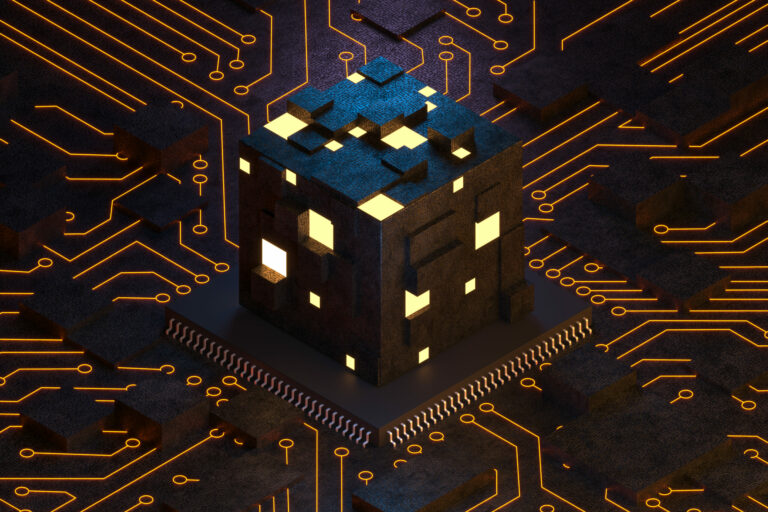That’s an interesting question! In the current BTC network, the difficulty of getting a block in one day is Nd = 86,871,474,313,762.0 = 86.9T. We can calculate the probability of getting a block based on different hashing power levels as below:
| Hash rate | Probability in one day |
| 1GH/Sec | 1 / 4318404411 |
| 5GH/Sec | 1 / 863680882 |
| 100GH/Sec | 1 / 43184044 |
| 300GH/Sec | 1 / 14394681 |
| 600GH/Sec | 1 / 7197341 |
| 1TH/Sec | 1 / 4318404 |
| 10TH/Sec | 1 /431840 |
| 50TH/Sec | 1 / 86368 |
| 100TH/Sec | 1 / 43184 |
| 1PH/Sec | 1 / 4318.4 |
You can calculate the probability of mining Bitcoin with an 100TH/s professional miner is
43184 days = 118 years
Therefore, a mining machine with a hash rate of 100 GH/s is usually called lottery-type miner. The Beagle miner consumes approximately 8W of power, about 5.7 kWh of electricity costs per month. However, it has a reward every 10 minutes, providing more excitement compared to buying lottery tickets.




